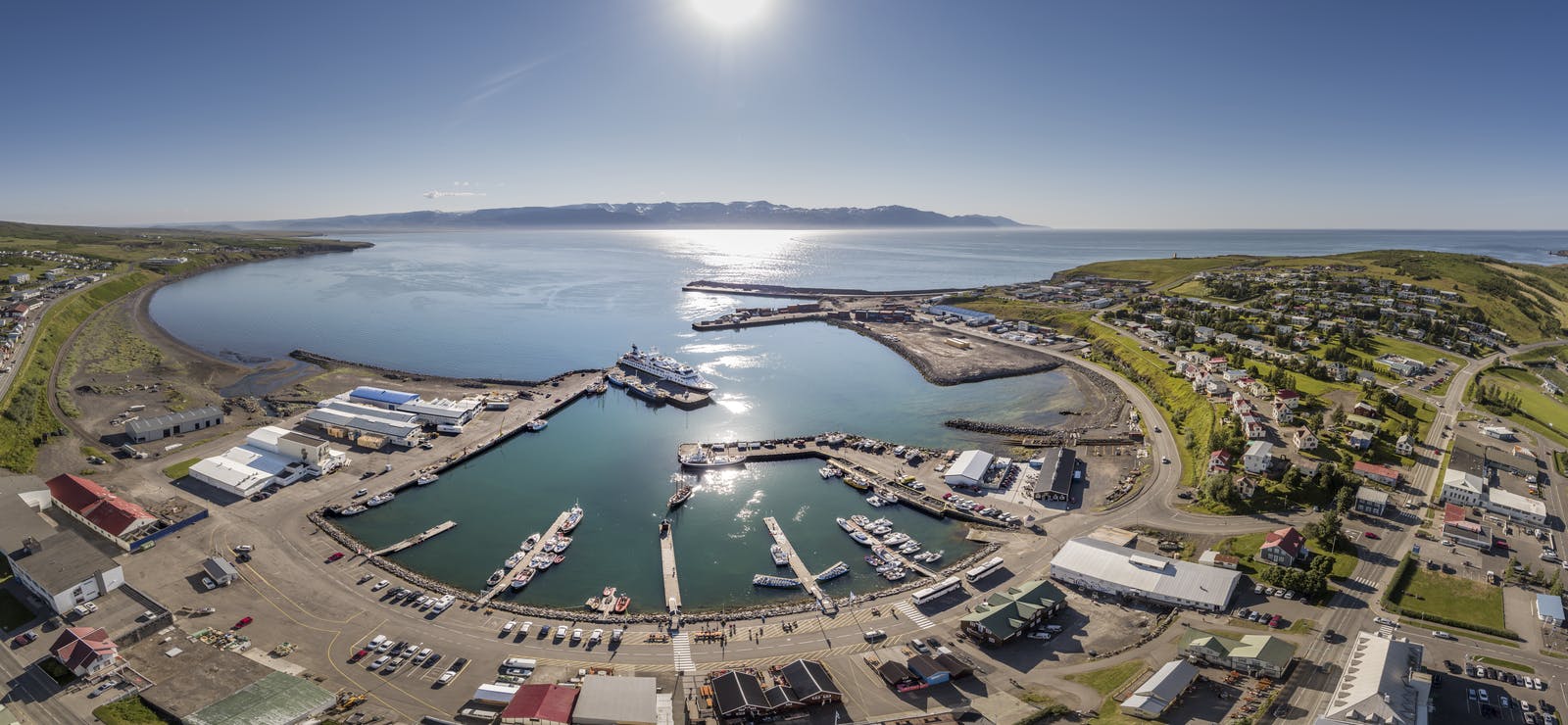
Guide to Húsavík in Iceland
On the north coast of Iceland, Húsavík stands as a tranquil gem, captivating visitors with its breathtaking landscapes, charming town atmosphere, and its reputation as the whale-watching capital of the country.
In this exploration of Húsavík, we delve into the town's rich history, its natural wonders, the allure of whale watching, and the unique experiences that await those who venture to this northern Icelandic haven. Húsavík is also known as a key stop on the famous tourist route Diamond Circle.
Historical Roots
Húsavík's history is deeply intertwined with the sea, dating back to its settlement by Norse Vikings more than a millennium ago. The town's name itself, derived from Old Norse, translates to "bay of houses," reflecting its early significance as a sheltered harbour for seafarers. Over the centuries, Húsavík evolved from a modest fishing village to a vibrant town, with its maritime heritage evident in the architecture and traditions that still prevail today.
Captivating Landscapes
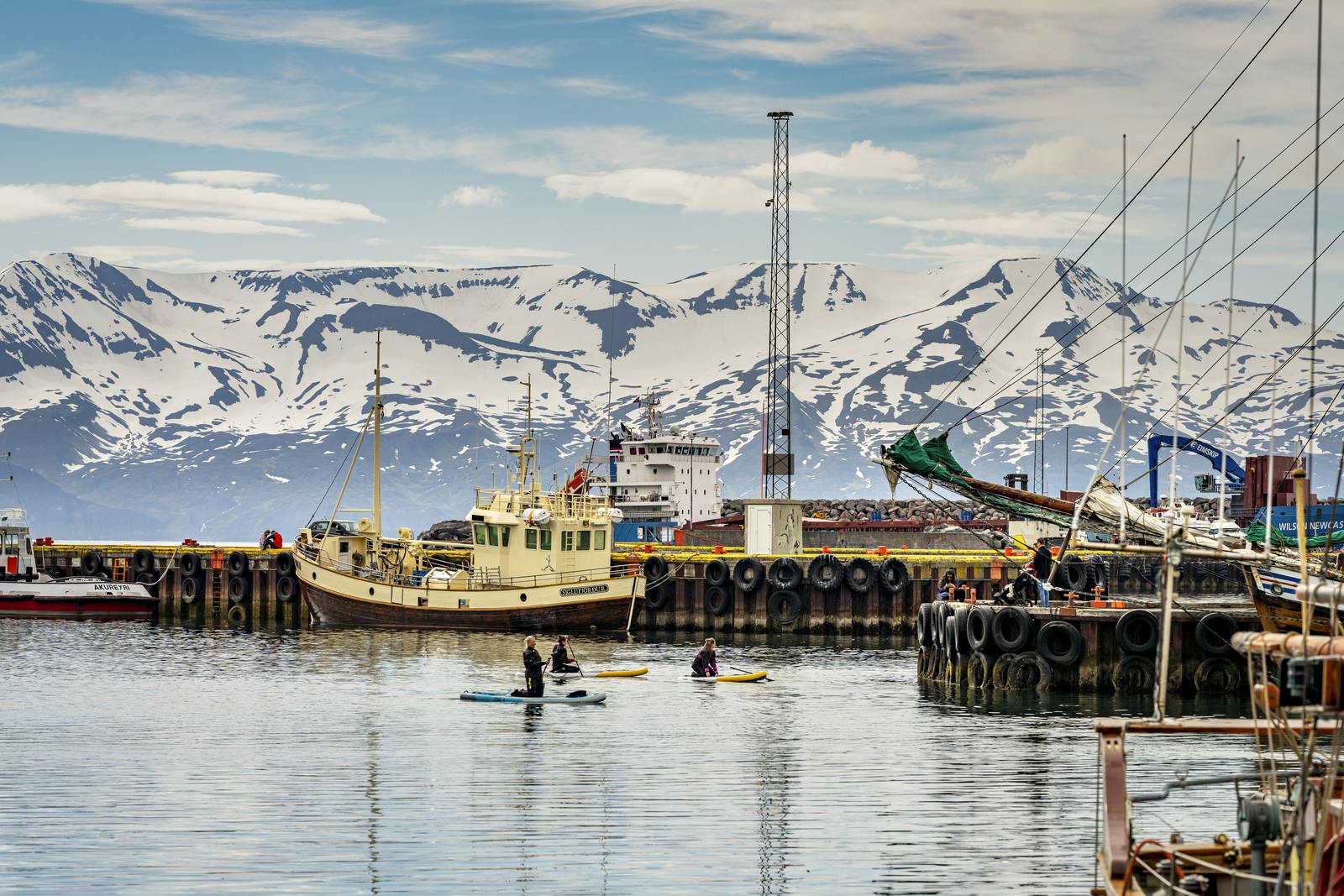
The natural beauty surrounding Húsavík is nothing short of mesmerising. The town is embraced by rolling hills, pristine fjords, and the stunning Skjálfandi Bay. The bay, a vast expanse of the Arctic Ocean, not only serves as a picturesque backdrop but also as the stage for the captivating spectacle of whale watching.
The name of the large bay, Skjálfandi, means the Shivering Bay. It refers to the frequent earthquakes in the area. A large transverse fault, related to the Tjörnes Fracture Zone, is cutting the area. Earthquakes up to magnitude 6.5 have been experienced in former times in Húsavík.
The nearby Ásbyrgi Canyon, often referred to as the "Shelter of the Gods" in Norse mythology, adds another layer of allure to the region. Shaped like a horseshoe, this geological wonder boasts towering cliffs and lush vegetation, creating an ethereal atmosphere that beckons exploration.
Whale-Watching Capital
Húsavík has rightfully earned its reputation as the whale-watching capital of Iceland, drawing nature enthusiasts and marine life aficionados from around the globe. The nutrient-rich waters of Skjálfandi Bay provide a bountiful feeding ground for various whale species, making it an ideal location for unforgettable encounters with these majestic creatures.
Whale-watching tours from Húsavík offer a unique opportunity to witness a diverse array of marine life. The most common sightings include humpback whales, minke whales, and playful dolphins. For those seeking the thrill of seeing orcas in their natural habitat, Húsavík holds the promise of occasional encounters with these powerful apex predators.
The Underwater World
Perlan offers a captivating exploration of the vibrant life within Iceland's waters, drawing species from both cold and temperate zones. While some of these marine inhabitants journey across the globe, Iceland stands as the exclusive meeting ground for this diverse aquatic community.
This exhibit provides an engaging and educational experience, seamlessly blending interactive elements with captivating information to make the visit both enjoyable and informative.
The Orcas of Húsavík
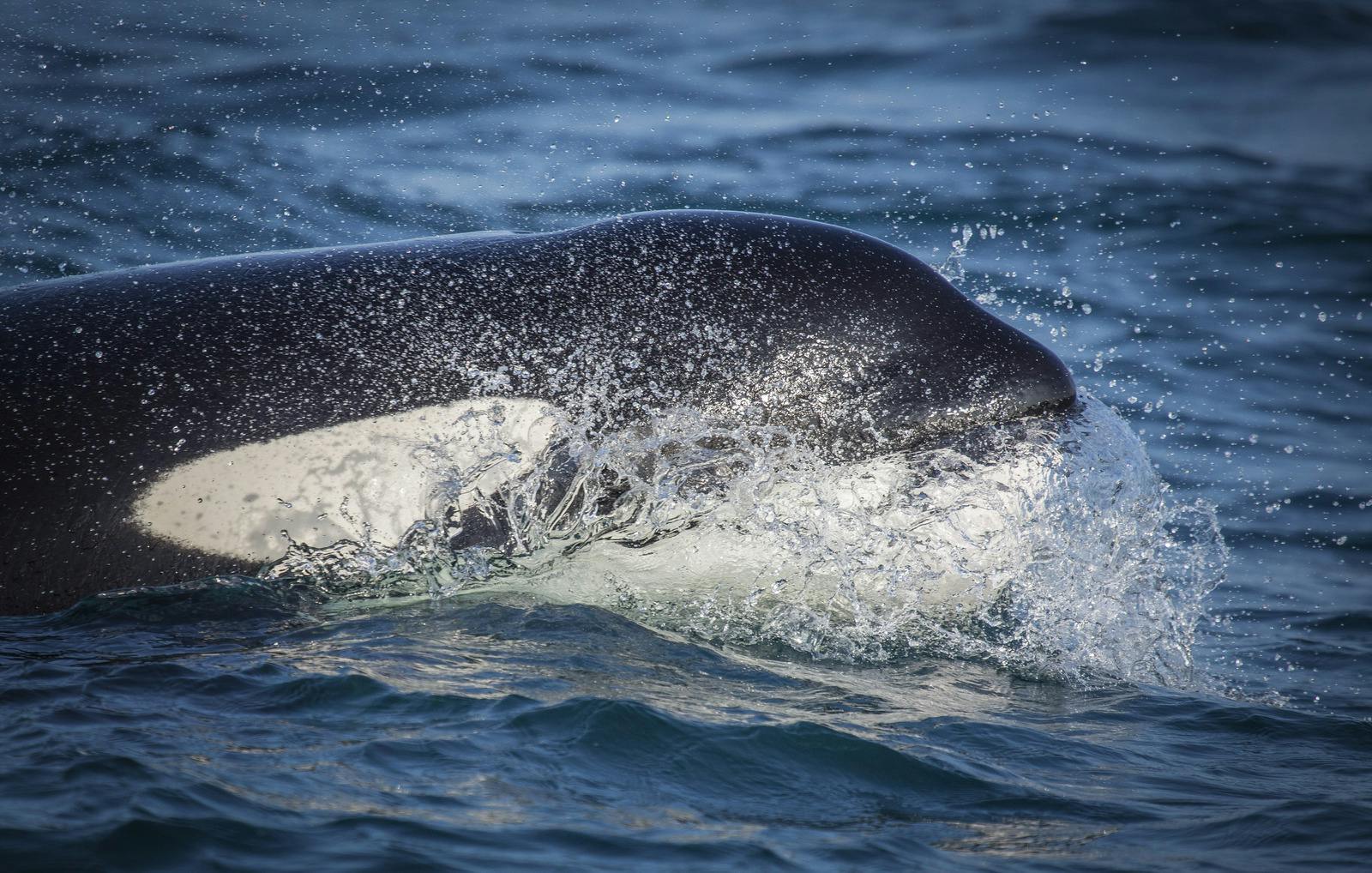
Among the many species of whales that frequent the waters around Húsavík, orcas, also known as killer whales, is a particularly captivating sight. These black-and-white giants, with their distinctive dorsal fins, often traverse the bay in family pods. While orcas are not as predictable as some other whale species, the possibility of spotting them adds an extra layer of excitement to Húsavík's already extraordinary whale-watching experiences.
The waters around Húsavík provide a unique opportunity for researchers and conservationists to study these magnificent creatures in their natural environment. Responsible whale-watching practices in the area emphasise the importance of minimising the impact on marine life while providing an educational and awe-inspiring experience for visitors.
Comparing Whale Watching: Reykjavík vs. Húsavík
While Reykjavík, Iceland's capital, also offers whale-watching tours, the experiences in Húsavík and Reykjavík differ significantly. Húsavík's geographical location, with its proximity to rich feeding grounds, provides a higher likelihood of encountering whales during tours. The town's dedication to sustainable and ethical whale watching enhances the overall experience, allowing visitors to appreciate the beauty of marine life while respecting its natural habitat.
In contrast, Reykjavík's whale-watching tours typically involve longer journeys to reach prime whale-watching areas. While sightings are still common, the frequency and variety of encounters in Húsavík often make it the preferred destination for those seeking an immersive whale-watching experience.
Local Culture and Cuisine
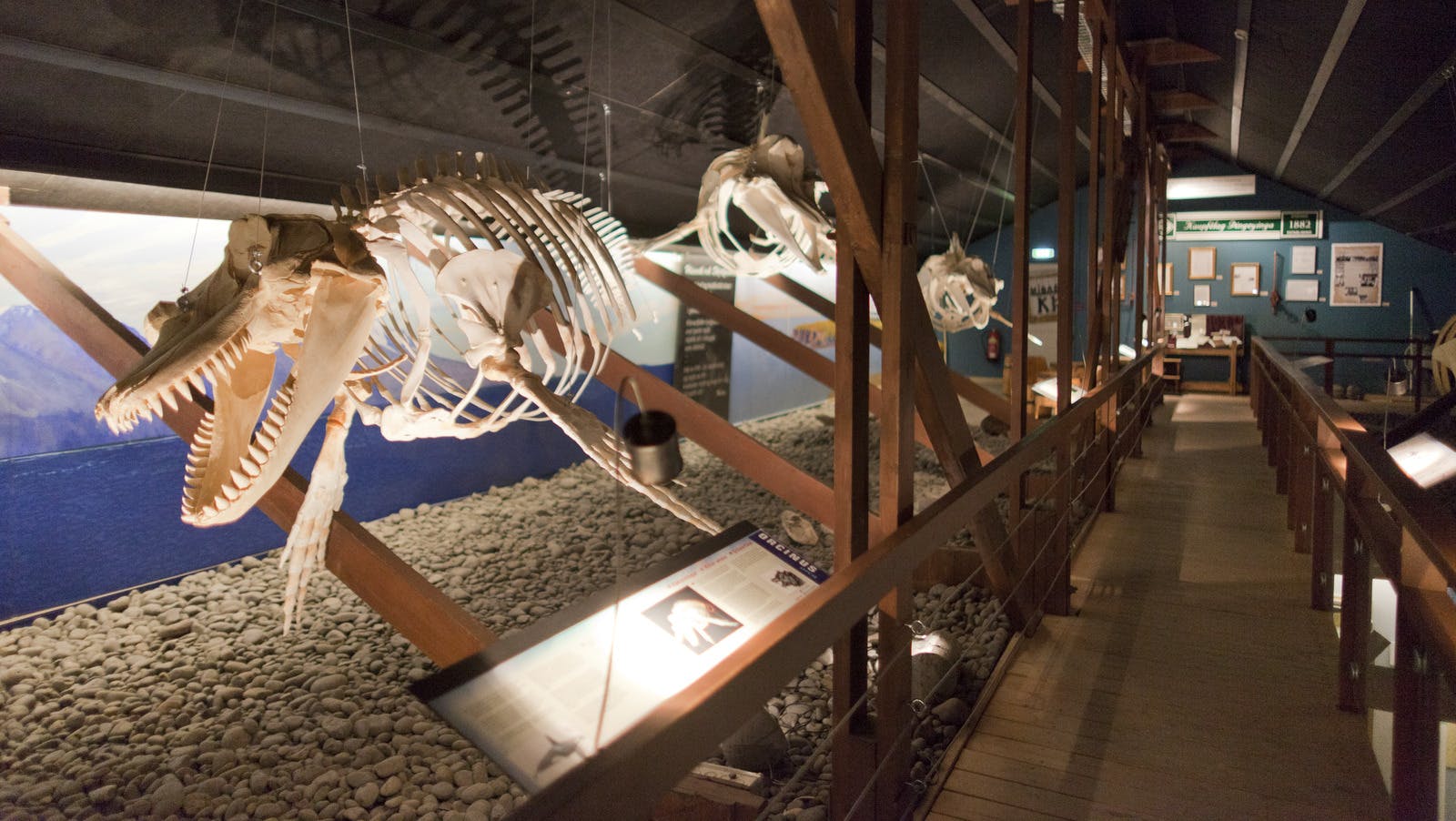
Beyond its natural wonders, Húsavík offers a glimpse into Icelandic culture and hospitality. The town is home to a variety of charming cafes, restaurants, and shops that showcase local craftsmanship and cuisine. Visitors can savour traditional Icelandic dishes, such as fresh seafood and lamb while enjoying the warmth of the community.
The Húsavík Whale Museum stands as a testament to the town's deep connection with the sea. The museum provides insights into the marine life of Skjálfandi Bay, the history of whaling in the region, and ongoing conservation efforts. It serves as both an educational resource and a tribute to the wonders of the ocean.
Seasonal Splendors
Húsavík's allure is not limited to the warmer months. While summer brings the Midnight Sun, allowing for extended daylight hours and a vibrant atmosphere, winter offers a different kind of magic. The Northern Lights, or Aurora Borealis, dance across the Arctic sky, creating a celestial spectacle that adds an enchanting dimension to the town's already captivating landscapes.
How To Get to Húsavík from Reykjavík
Navigating from Reykjavík to Húsavík can be an exciting road trip through the diverse landscapes of Iceland. The journey takes you from the capital city to the tranquil north coast, offering opportunities to explore natural wonders along the way. Here's a suggested route:
- Take the Ring Road (Route 1) heading north towards Akureyri, the largest town in northern Iceland.
- Enjoy the scenic drive through the Borgarfjörður region, known for its picturesque landscapes, waterfalls, and hot springs. Consider stopping at attractions like Hraunfossar and Barnafoss waterfalls.
- Continue on Route 1, passing through Akureyri and heading east.
- Enjoy the views of Eyjafjörður, the longest fjord in Iceland. Consider a detour to Goðafoss, the "Waterfall of the Gods," located just off Route 1.
- Follow Route 85 towards Húsavík.
Alternative Scenic Route
For a more scenic but longer route, consider taking the Diamond Circle route. This includes a loop around the northeastern part of Iceland, passing through Húsavík. You can take Route 87 from Akureyri to join the Diamond Circle.
FAQ
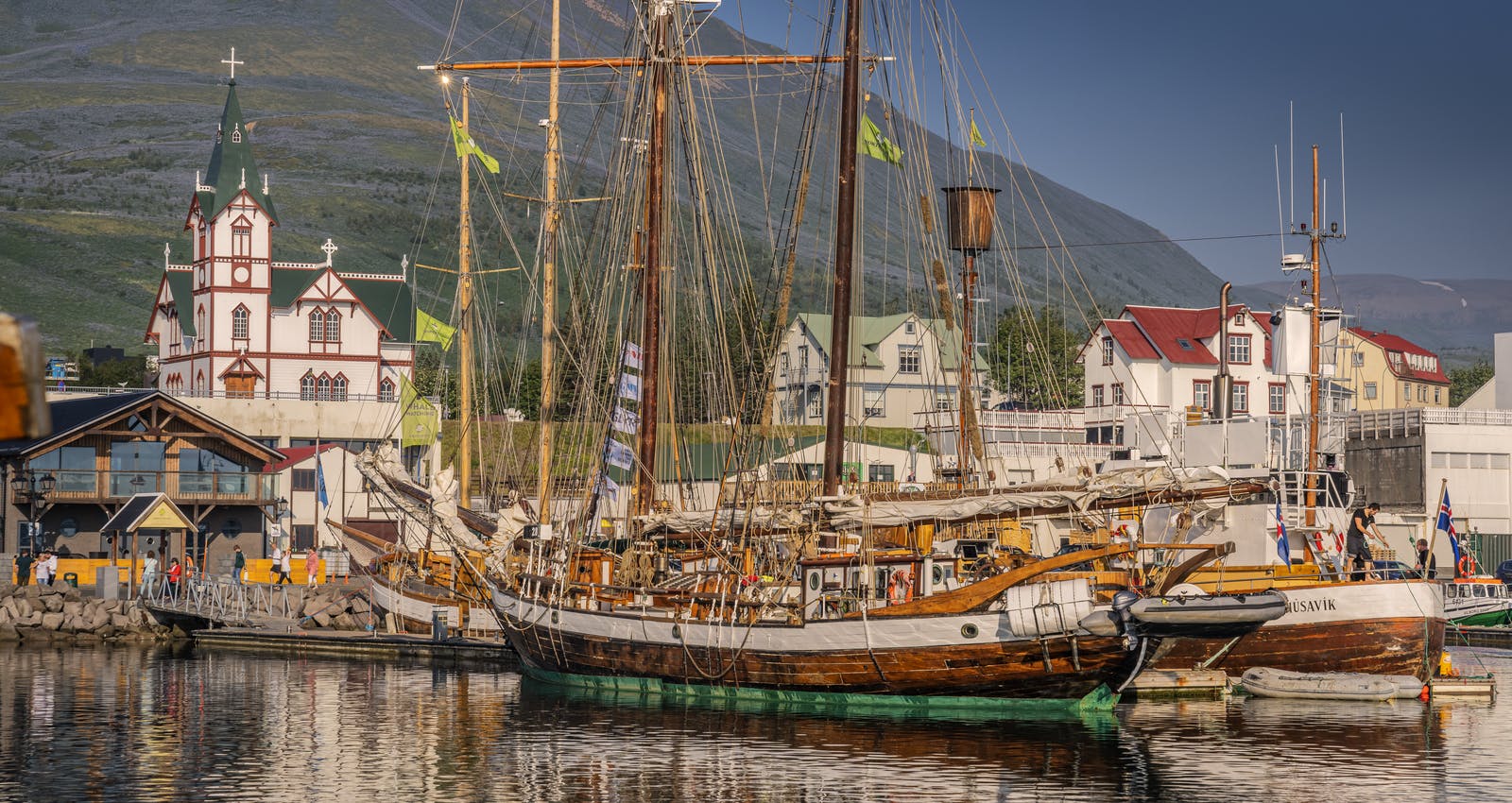
Is Húsavík a Real Town in Iceland?
Yes, Húsavík is indeed a real town in Iceland. It is located on the north coast of the country and is known for its picturesque surroundings and as a popular destination for whale watching.
Can You See Orcas in Húsavík?
Húsavík is recognised as the whale-watching capital of Iceland. Orcas are occasionally spotted in the waters around Húsavík, making it possible to see these magnificent creatures during a whale-watching tour.
Which Is Better For Whale Watching, Reykjavík or Húsavík?
When it comes to choosing between Reykjavík and Húsavík for whale watching, Húsavík is often considered the better option.







